Case studies
Further case studies as well as handouts for selected case studies from our reports can be found on the German version of this page.
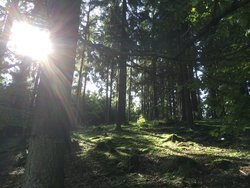
"I Plant A Tree" is an initiative aiming to protect the environment and climate. It was founded in Halle an der Saale. Via its webpage www.iplantatree.org the non-profit organization calls to plant as many trees as possible and to register them at "I Plant A Tree". The success of these activities can be tracked at the webpage: A meter shows much CO2 is bound by the trees planted so far. The trees are either planted and registered by people themselves or they are financed by donations. The trees that are planted globally until now are marked on an interactive map.
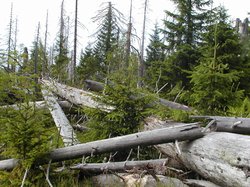
In Germany's first national park, the Bavarian Forest, nature is left to take its own course, with the aim of protecting one of the largest continuous forest areas in central Europe. But nature has its own rules: storm damage gave rise to favourable conditions for bark beetles. This resulted in conflicts with adjacent communities, who feared that this damage would have adverse impacts on the forestry industry. The approach of dividing the park into different use zones considerably eased the conflict situation. The residents' forestry interests are safeguarded in the marginal areas. Moreover, the tourism infrastructure in parts of the national park creates regional income. The core zone permits natural regeneration and creates a space where nature can once again be itself
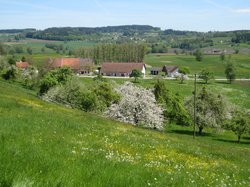
Since the 1950s there has been a steady decline in traditional orchards not only in the Bodensee-Oberschwaben region, but also in Baden-Württemberg as a whole. This has also led to a decline in the diversity of species and varieties in this special cultural landscape, and a change in the appearance of the countryside. The Bodensee-Oberschwaben Apple Juice Project is designed to counteract this process. This cooperative venture between producers, distributors and nature conservation associations aims to conserve traditional orchards and increase their number. It will also improve regional added value and safeguard jobs in production, distribution and the trade sector. Consumers value this engagement and are prepared to pay higher prices for it. Drinking fruit juice from traditional orchards makes them conservationists.
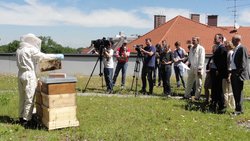
In cooperation with experienced beekeepers, the initiative “Let’s get Berlin buzzing! Bees as ambassadors of more nature in the city” sets up hives of honey bees at prominent locations in Germany’s capital, e.g. Berlin Cathedral, the Berlin House of Representatives or the House of World Cultures. The beekeepers introduce the building hosts, their employees and visitors to urban beekeeping. Various “Berlin is buzzing!” activities introduce city people to the world of wild bees and honey bees – thereby encouraging them to value the bees’ pollination services and motivating them to create bee-friendly habitats and support organic farming.
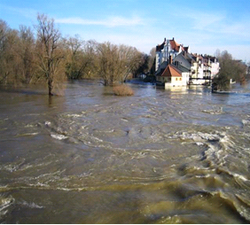
Unimpaired river flood plains provide valuable habitats for a highly diverse flora and fauna. In addition, they serve as natural buffer against floods and they help to decrease nutrient loads in our rivers. Therefore, costs for building expensive dike systems and water treatment plants can be saved. Due to climate change the number of flood events is likely to increase over the next years. Thus, cheap solutions for flood control have to be found. Cost-benefit-analyses have shown that dike relocation with flood plains is a cost-efficient protection against flood damages and it can simultaneously support ecosystem services.
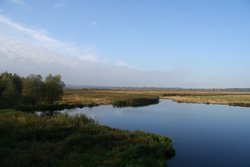
Living, intact peatlands store large quantities of carbon and water. They also provide habitats and refuges for many endangered species, e.g. the lapwing or the black tern. Today, however, 95 per cent of all major peatlands in Germany have been drained for agriculture, forestry or peat cutting. As a result, important natural services such as climate regulation through carbon fixation and water regulation through filtering and retention are no longer available. Active peatland protection with rehydration therefore not only has benefits for the conservation of biological diversity, but also makes a contribution to climate protection. Wet management of peatland soils by growing appropriate plant species may also be compatible with their climate change mitigation functions.
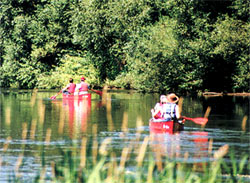
The Lahn is a 242 kilometer long river which extends over six counties and three states. In order to conserve the river’s beauty and uniqueness, the majority of the floodplain landscape is subject to special protection requirements. Nevertheless, this beauty is endangered due to fast growing tourism, especially because of water based tourism. The executive secretary of the “Lahn Valley Tourism Association” came up with a new plan after recognizing that the highly diverse nature of the river was the capital of the region. This broad regional development plan views the protection of that capital as a cross-cutting issue. The success tells its own tale.
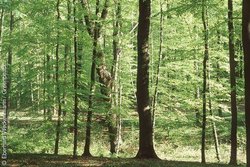
Urban Forest enables natural processes to function, which provides important services from nature such as drinking water filtration, an area for leisure, nature education, and conservation. In addition, the timber marketing is operating profitably. The secret of success: Naturally sustained forests are leading to better timber quality and therefore also to higher prices. This presents a win-win- situation for nature and people.

